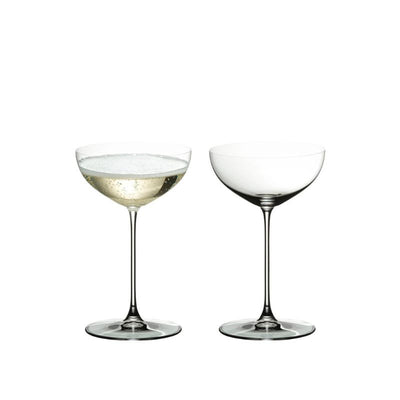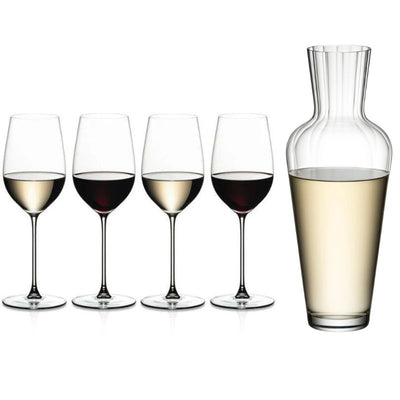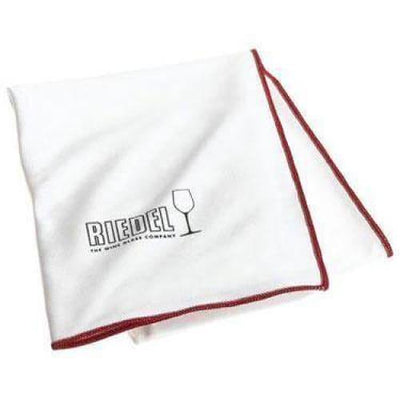Cava: Spain's Sparkling Secret Worth Celebrating

Today is International Cava Day, which feels like the perfect excuse to talk about one of my favourite wine discoveries of recent years.
I'll admit, for far too long I was one of those people who thought Cava was just "Spanish Champagne" - a cheaper alternative that was fine for casual drinking but nothing to get excited about.
How wonderfully wrong I was.
The turning point came a few years ago at a friend's birthday party. The host, clearly knowing more about wine than the rest of us, had opened several bottles of different sparkling wines, without telling us what was what. When we all overwhelmingly preferred what turned out to be a £18 Cava Reserva over a £45 Champagne, it became one of those lightbulb moments that makes you question everything you thought you knew about wine.
What Makes Cava Different
The thing about Cava is that it's not trying to be Champagne at all.
Yes, both use the traditional method where the second fermentation happens in the bottle, creating those lovely fine bubbles and complex flavours. But that's where the similarities end.
Cava is built on completely different grape varieties - primarily Macabeu, Xarel·lo, and Parellada. These indigenous Spanish grapes create flavours you simply won't find in Champagne or Prosecco. There's something distinctly Spanish about good Cava - a mineral quality, sometimes a slight herbal note, that speaks of Mediterranean terroir rather than trying to imitate French styles.
Prosecco, meanwhile, uses the tank method where secondary fermentation happens in large vats, rather than individual bottles. This creates those light, fruity bubbles that are perfect for aperitifs but lack the complexity that comes from traditional bottle fermentation.
Nothing wrong with Prosecco - it serves its purpose beautifully - but it's a completely different animal from Cava.
Many producers also use Chardonnay and Pinot Noir now, which are permitted under Cava regulations. These create styles that might feel more familiar to Champagne drinkers, though, personally, I'd argue the indigenous varieties are what make Cava special.
A Bit of Geography and History
Most Cava comes from Catalonia, particularly around Barcelona in the Penedès region. The combination of Mediterranean climate with cooling influences from nearby mountains creates ideal conditions for these grape varieties.
The story begins in the 1870’s when Josep Raventós returned from Champagne with knowledge of the traditional method. Rather than simply copying what the French were doing, Spanish producers adapted the technique to work with their local grapes and climate.
This wasn't about creating "Spanish Champagne" - it was about making something distinctly Spanish using proven methods.
That's over 150 years of practise now, which shows in the consistency you find across different producers and price points.
Why it’s Such Good Value
Here's what makes Cava lovers slightly evangelical about it: you can get traditional method sparkling wine of genuine quality for the price of decent Prosecco. A good Cava Reserva might cost £15-20, while comparable quality Champagne would be £40-60 or more.
This isn't because corners are being cut.
The production method is identical to Champagne - labour-intensive, time-consuming, requiring real skill. The difference is that Spanish producers aren't paying the costs associated with the Champagne region.
The aging requirements are serious too.
Basic Cava spends at least nine months on the lees (when a wine is aged "on the lees," it remains in contact with the dead yeast cell sediment deposits, that remain after fermentation, for a period of time. During this period, the lees begin to break down, releasing compounds that significantly impact the wine's flavour and texture), Reserva gets fifteen months minimum, and Gran Reserva requires thirty months.
That's genuine aging creating real complexity.
Styles Worth Exploring
Cava comes in several styles that are worth trying.
Brut Nature contains no added sugar after disgorgement - bone dry and showcasing the pure character of the grapes and production method. These are excellent with food and ideal if you find most sparkling wines too sweet.
Brut is the most common style, with just a little sweetness to balance the natural acidity. This is your versatile, everyday drinking Cava.
Cava Rosé, often made using Pinot Noir or Garnacha, offers red berry flavours and often has more structure than white Cava. The best examples genuinely rival a good rosé Champagne.
Reserva and Gran Reserva Cavas have extended aging that develops complex secondary flavours. These are serious wines that can age for years and often represent exceptional value compared to equivalent Champagnes.
Food Pairing
While Cava works beautifully on its own, it's also excellent with food. The mineral notes from Xarel·lo make it particularly good with seafood, especially dishes with olive oil and garlic.
Spanish cuisine naturally pairs well with Cava (obviously!)
Jamón ibérico, manchego cheese, patatas bravas - these combinations feel right because they evolved together. The wine's acidity cuts through rich foods while the bubbles cleanse the palate.
But don't limit yourself to Spanish food. Cava's freshness works beautifully with sushi, its mineral notes complement oysters perfectly, and good aged Cava can handle substantial dishes like roast chicken or even some, simply prepared, red meat.
I've discovered it's particularly good with anything involving eggs - from a simple tortilla española to eggs Benedict. Something about the combination just works.
The Glassware Question
Like all sparkling wine, Cava deserves proper glassware.
Those wide champagne coupes look elegant in old films, and always make me feel a little bit “James Bond”, but they let the bubbles escape too quickly and don't concentrate the aromatics.
A proper champagne glass like the Riedel Veritas Champagne Wine Glass preserves the bubbles and focuses the aromas where you can appreciate them.
For aged Cavas with more complexity, you might even consider a Pinot Noir wine glass that allows the wine to open up fully.
Temperature matters too.
Serve Cava well-chilled but not freezing - around 6-8°C. Too cold and you'll miss the subtle flavours that make good Cava interesting.
What to Look For
When choosing Cava, the aging designations are your best guide.
Basic Cava is fine for mixing or casual drinking, but Reserva and Gran Reserva show what the region can really achieve.
Look for producers like Gramona, Raventós i Blanc, or Segura Viudas for traditional styles that showcase indigenous grape varieties. These producers understand their terroir and know how to get the best from their grapes.
If you prefer styles closer to Champagne, look for Cavas with higher proportions of Chardonnay and Pinot Noir. Nothing wrong with this approach - it's just a different expression of what Cava can be.
The Sustainability Story
Many Cava producers are leading the way in sustainable viticulture. The Mediterranean climate allows for organic farming more easily than in cooler northern regions, and several major producers have converted entirely to organic or biodynamic methods.
This creates wines with genuine sense of place - something increasingly rare in mass-produced sparkling wine. When you taste these wines, you're tasting Spanish terroir, it's as simple, and as wonderful, as that!
Why Today Matters
International Cava Day exists because this wine deserves recognition for what it is rather than being positioned as a budget alternative to something else.
I know I keep banging on about it, but the best Cavas aren't trying to be Champagne - they're celebrating Spanish winemaking traditions and indigenous grape varieties.
For too long, Cava has been undervalued and misunderstood. It offers complexity, elegance, and aging potential at prices that make regular enjoyment possible rather than limiting it to special occasions, or when you can't get the French stuff .
If you haven't taken Cava seriously before, try this: buy a bottle of Reserva or Gran Reserva from a good producer and taste it alongside your usual sparkling wine.
The difference might surprise you.
I usually keep a bottle of good Cava in the fridge now - not as a backup for when I can't afford Champagne, but as my preferred choice.
It's Spanish wine at its best: confident in its own identity, excellent value, and genuinely delicious.
The Spanish have been quietly making some of the world's best sparkling wine for over a century. Today provides the perfect excuse to discover what you've been missing, especially if the weather’s as good as the forecast predicts.
Great tasting bubbles in the sunshine! What’s not to like?
And who knows? You might just find yourself watching your guests rave about the "expensive Champagne" you've served, while you quietly smile and pour yourself another glass of that £18 Cava Reserva.
Sometimes the best revenge against wine snobbery is a really good bottle that costs half the price.
¡Salud!
























Leave a comment